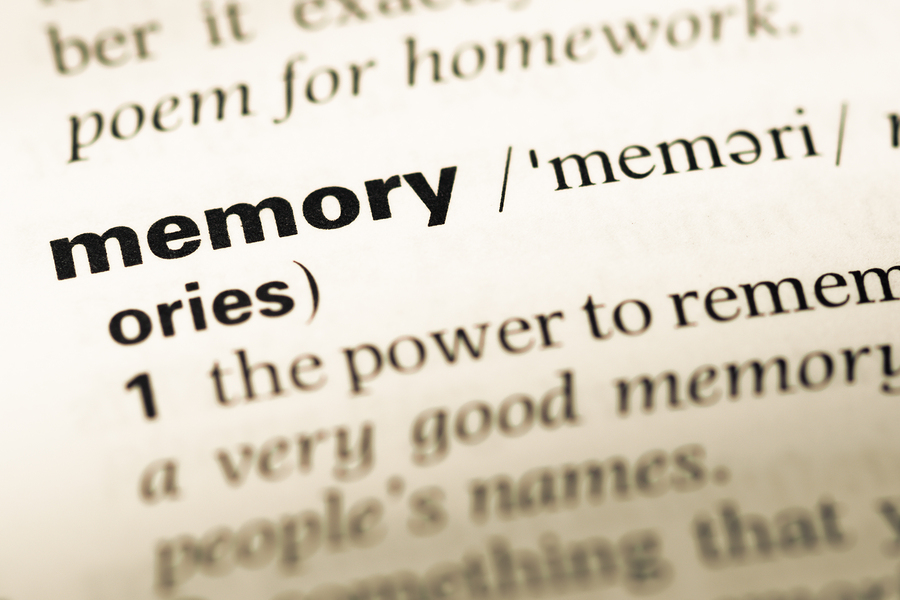Like most technology, translation memory (TM) technology is continually being updated, so if you want to get the most out of it you need to consider what you are using and whether you can improve on it.
Why TM anyway?
TM is most useful when it comes to big chunks of text in document translation that are very repetitive. By storing the best approved translations of these segments of text it increases the speed of translation and keeps down costs.
You don’t want useless segments of text clogging up your TM databank
One of the most important requirements when updating your TM is to rid the data bank of unapproved segments of translated texts. By leaving these in the system it will slow the whole process down and act as a corrupting influence. Your TM needs to have the most accurate and up to date segments for your professional translations in order to make sure that quality is maintained throughout all your projects.
Are you keeping up to date with new software developments?
Is the translation memory software you are using up to date? Software developers are continually striving to improve what is on offer. If you are still stuck with the system you installed five years ago or more, then you are probably not getting the best level of consistency, the highest translation speeds and cost efficiency. Keep an eye out for developments in translation memory technology and be prepared to update what you are using.
Do you have change tracking?
Effective change tracking is essential when there is more than one linguist or professional translation agency working on your projects. Change tracking ensures you know who is working with your valuable translation language resource and what they are doing with it. This means you can keep on top of all those potential changes and make sure that they remain transparent.
How centralised is your TM database?
Many businesses are large enough to have separate divisions or departments. It doesn’t make sense for each of them to have their own translation memory database, but that’s what quite often happens. For the purposes of consistency alone it makes sense to centralise and automate the TM database so that all the different division so departments in the one business are singing to the same tune.




